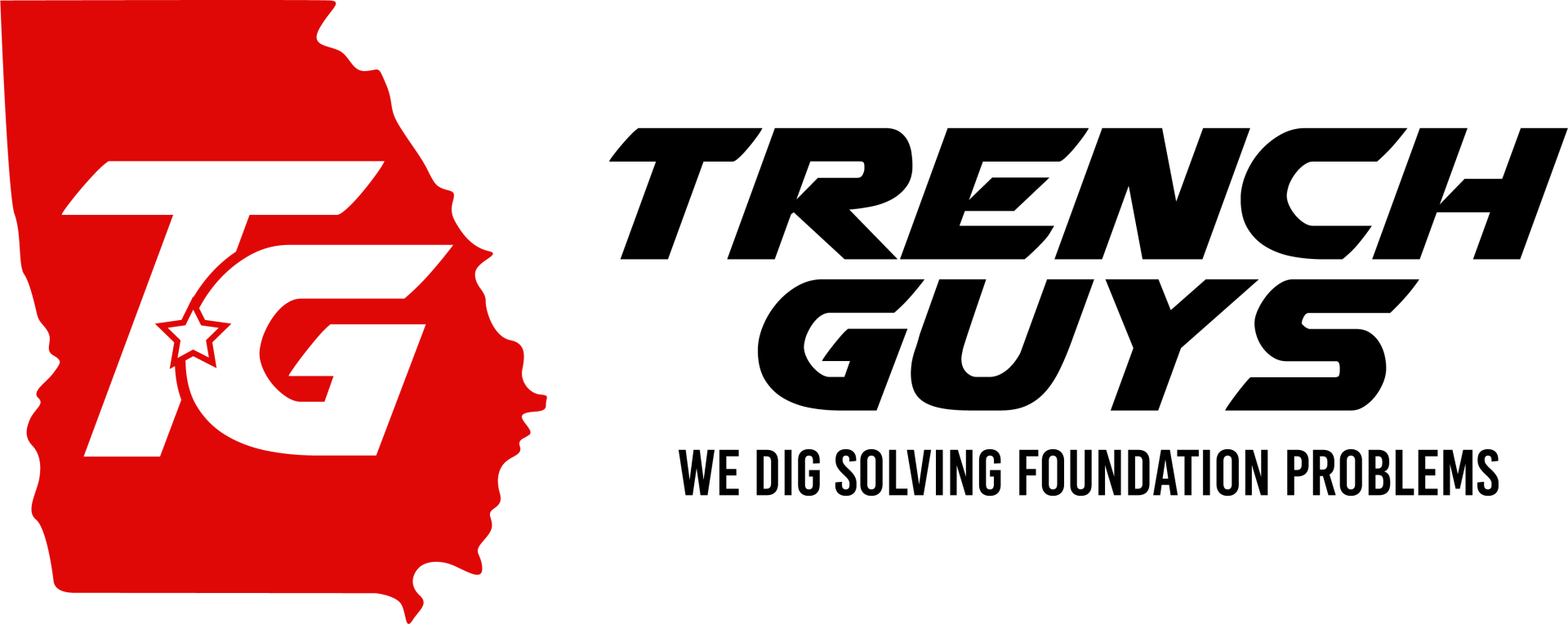When it comes to DIY crawl space cleaning, ensuring your safety should be a top priority. Crawl spaces can present various hazards, including poor air quality, limited visibility, and potential physical risks. In this blog, we will discuss important safety precautions to consider before embarking on your DIY crawl space cleaning project, helping you protect yourself and create a secure working environment.
Proper Ventilation and Air Circulation
Proper ventilation and air circulation are critical aspects to consider when embarking on a DIY crawl space cleaning project. Crawl spaces are notorious for poor air quality and can harbor stagnant air, odors, and potentially harmful contaminants. By ensuring adequate ventilation and air circulation, you can create a healthier environment, minimize the risk of respiratory issues, and improve overall safety.
To achieve proper ventilation, it's important to establish a balanced system of both supply and exhaust vents in the crawl space. Supply vents bring fresh air from the outside into the crawl space, while exhaust vents allow stale air and contaminants to exit. This exchange of air helps remove excess moisture, prevent the buildup of odors, and reduce the concentration of potentially harmful gases or particles. Additionally, having a sufficient number of vents distributed throughout the crawl space promotes better air circulation, preventing pockets of stagnant air and aiding in the drying process.
In addition to vents, consider using fans or dehumidifiers to enhance air movement and moisture control in the crawl space. Fans can help increase airflow, promoting faster drying and reducing the risk of mold or mildew growth. Dehumidifiers, on the other hand, can be particularly useful in humid climates or if moisture is a persistent issue. They help remove excess moisture from the air, contributing to a drier and healthier crawl space environment. By prioritizing proper ventilation and air circulation, you create a safer and more comfortable space for your DIY crawl space cleaning endeavors.
Proper Lighting and Visibility
Proper lighting and visibility are essential factors to consider when undertaking a DIY crawl space cleaning project. Crawl spaces are often dimly lit and cramped, making it challenging to navigate and identify potential hazards. By ensuring adequate lighting, you can enhance safety, improve work efficiency, and minimize the risk of accidents or injuries.
Before entering the crawl space, assess the existing lighting conditions and consider adding additional sources of illumination if needed. Utilize bright, portable work lights or headlamps to provide direct light in the areas you are working. LED lights are particularly beneficial as they offer bright and energy-efficient lighting options. Ensure that the lighting fixtures are properly secured and protected from moisture to avoid any electrical hazards.
In addition to lighting, it's important to prioritize visibility within the crawl space. Clear any obstructions or clutter that may impede your movement and obstruct your view. Use a flashlight or headlamp to inspect the area thoroughly, paying attention to potential hazards like sharp objects, electrical wires, or plumbing connections. By improving lighting and visibility, you create a safer working environment and enable yourself to identify and address any issues or concerns effectively during your DIY crawl space cleaning project.
Structural Stability and Fall Prevention
When undertaking a DIY crawl space cleaning project, ensuring structural stability and implementing fall prevention measures are paramount for your safety. Crawl spaces may have weak or deteriorated structures, making them susceptible to collapse or accidents if not properly evaluated and reinforced. By addressing structural concerns and taking necessary precautions, you can minimize the risk of injuries and create a secure working environment.
Before entering the crawl space, thoroughly assess the structural integrity of the floor, walls, and support beams. Look for signs of rot, damage, or sagging, and consider consulting a professional if you have any concerns. Reinforce any weakened areas or make necessary repairs to ensure a stable foundation. Additionally, be mindful of the weight distribution while inside the crawl space, avoiding unnecessary pressure on delicate or compromised structures.
In terms of fall prevention, it's crucial to have secure footing and adequate support when moving around the crawl space. Wear appropriate footwear with non-slip soles to maintain stability on potentially uneven or slippery surfaces. Use sturdy ladders or scaffolding when needed, ensuring they are properly positioned and secured before climbing. Implementing handrails or grab bars can provide additional support and stability. By addressing structural stability and implementing fall prevention measures, you prioritize your safety and create a more secure environment for your DIY crawl space cleaning project.
FAQs
Contact Trench Guys Today!
Trench Guys will do everything we can to ensure your experience with us is excellent.
Request A FREE Estimate
Request a Free Estimate Form
Checkout Recent Post
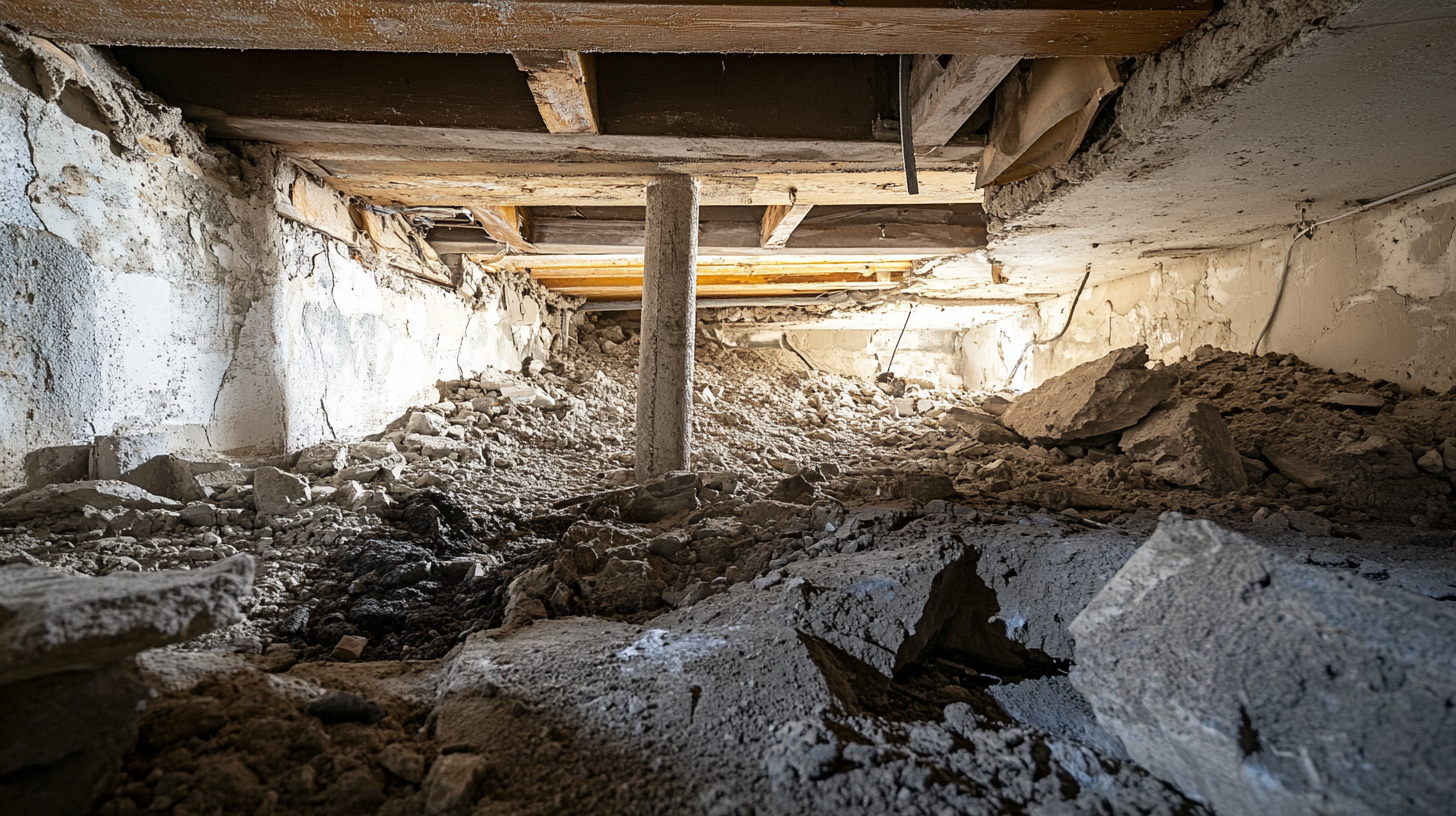
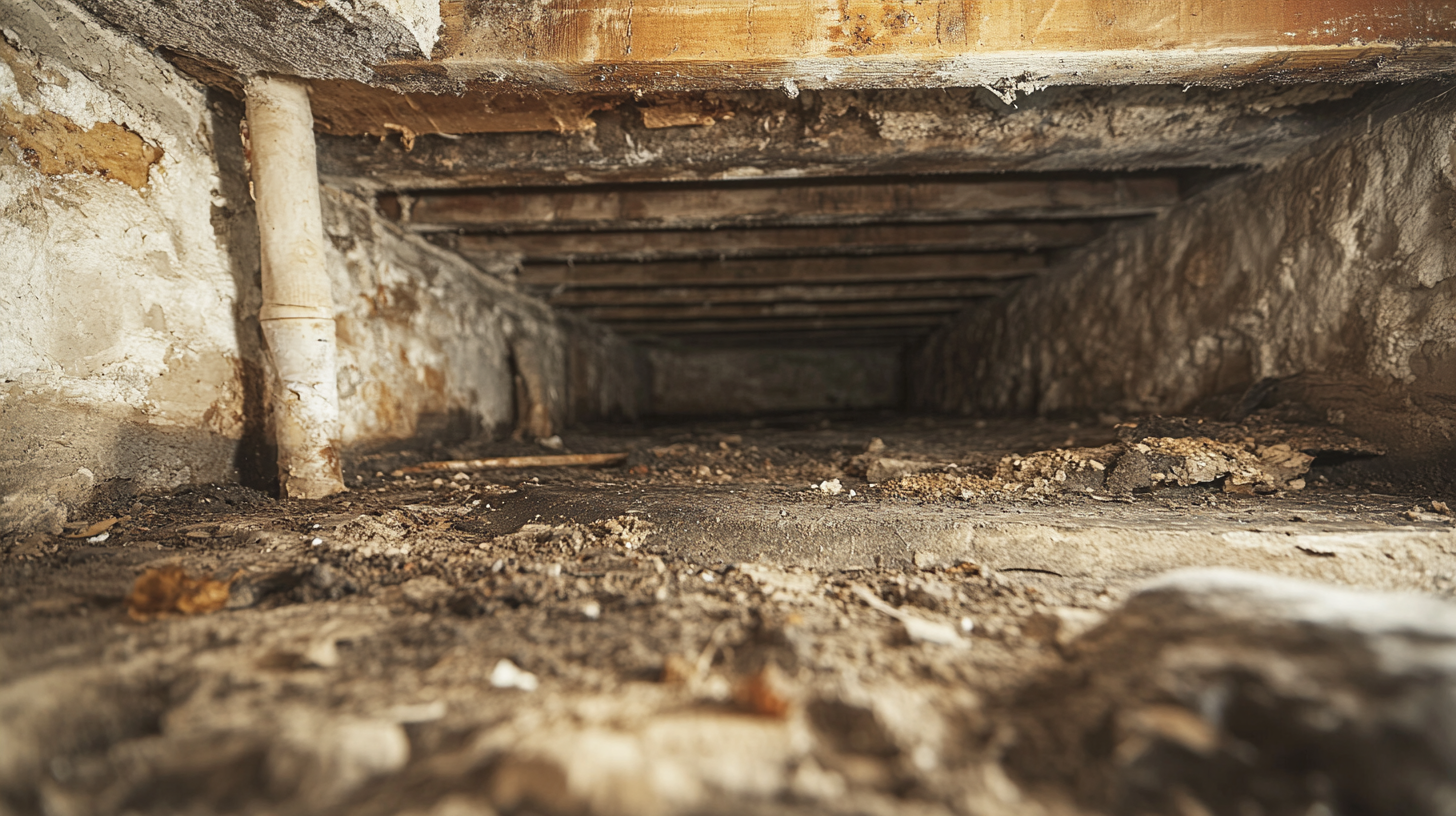
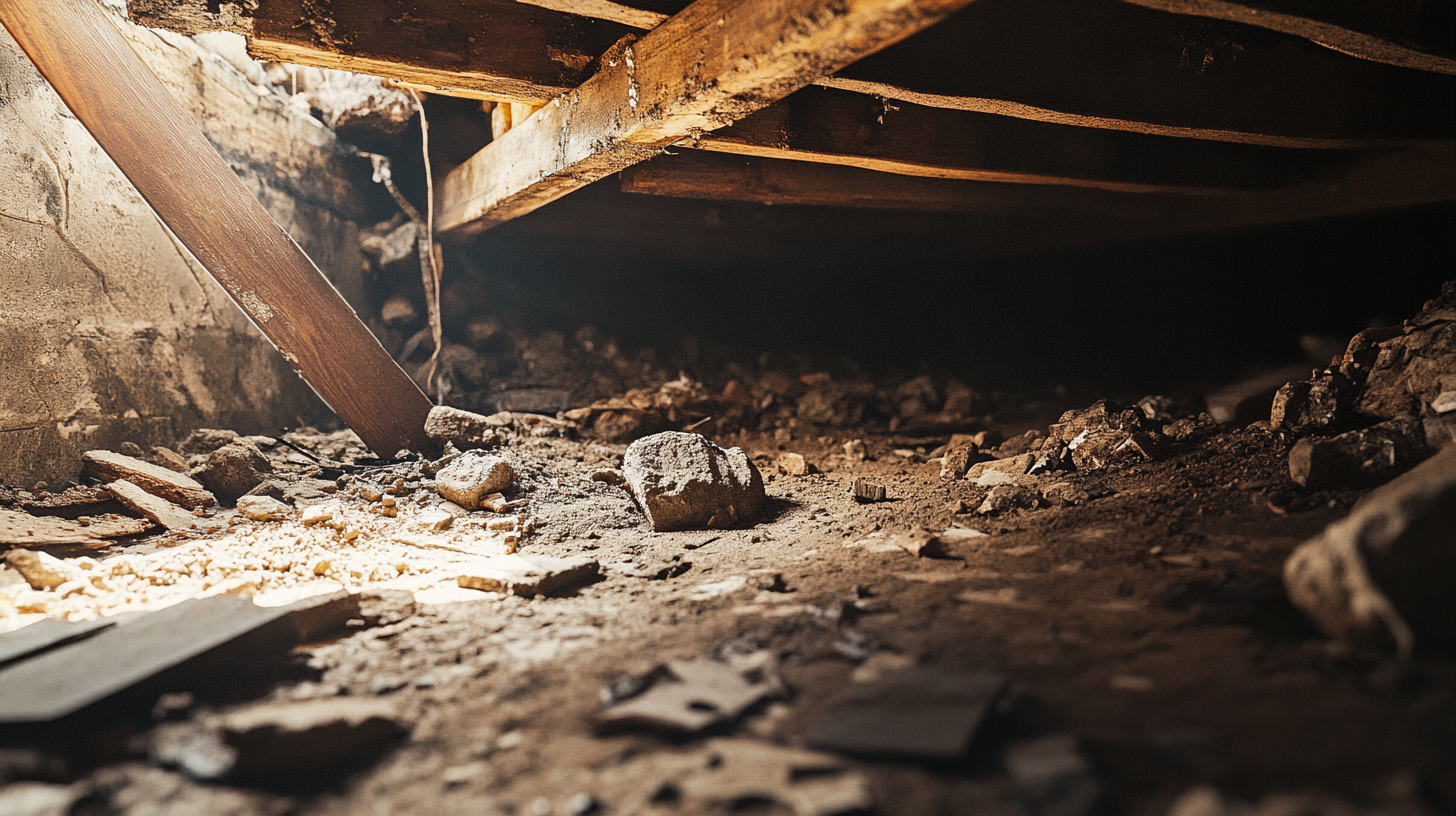
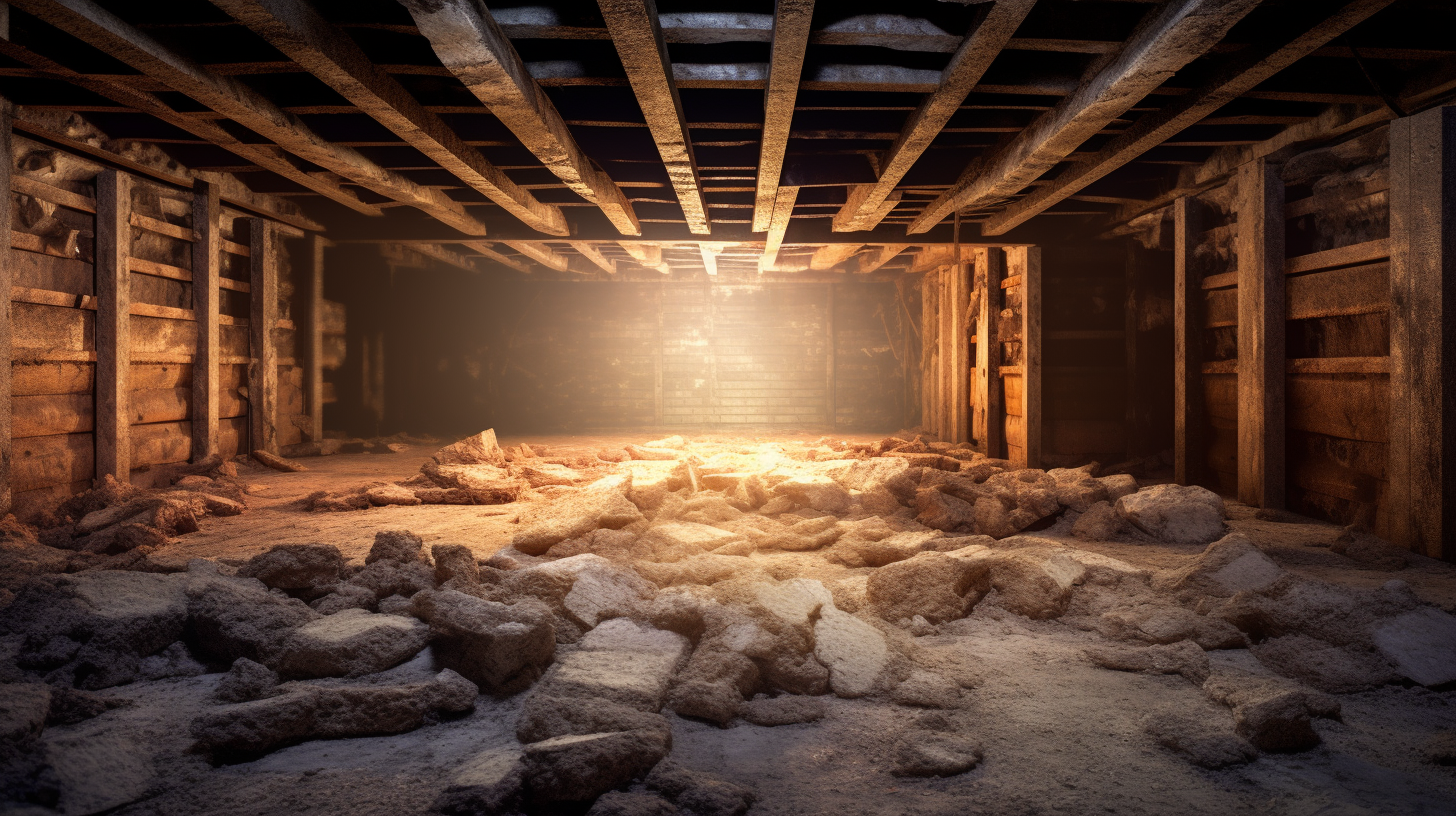
Got a Question? We’re Here to Help.
You can arrange an appointment or make an enquiry by phone or email, orget in touch to us via our contact form.
